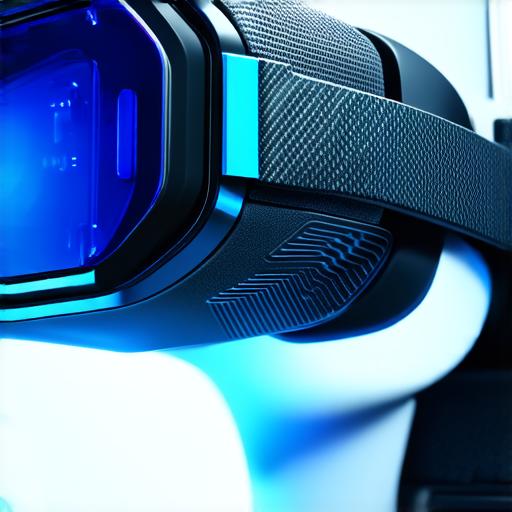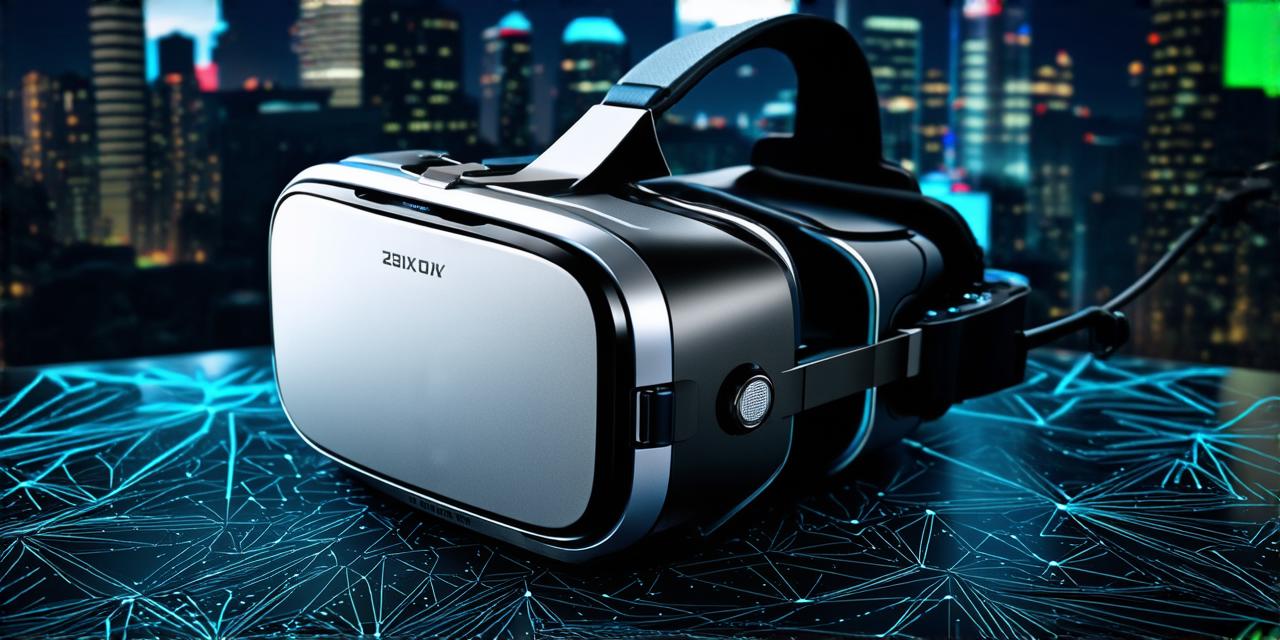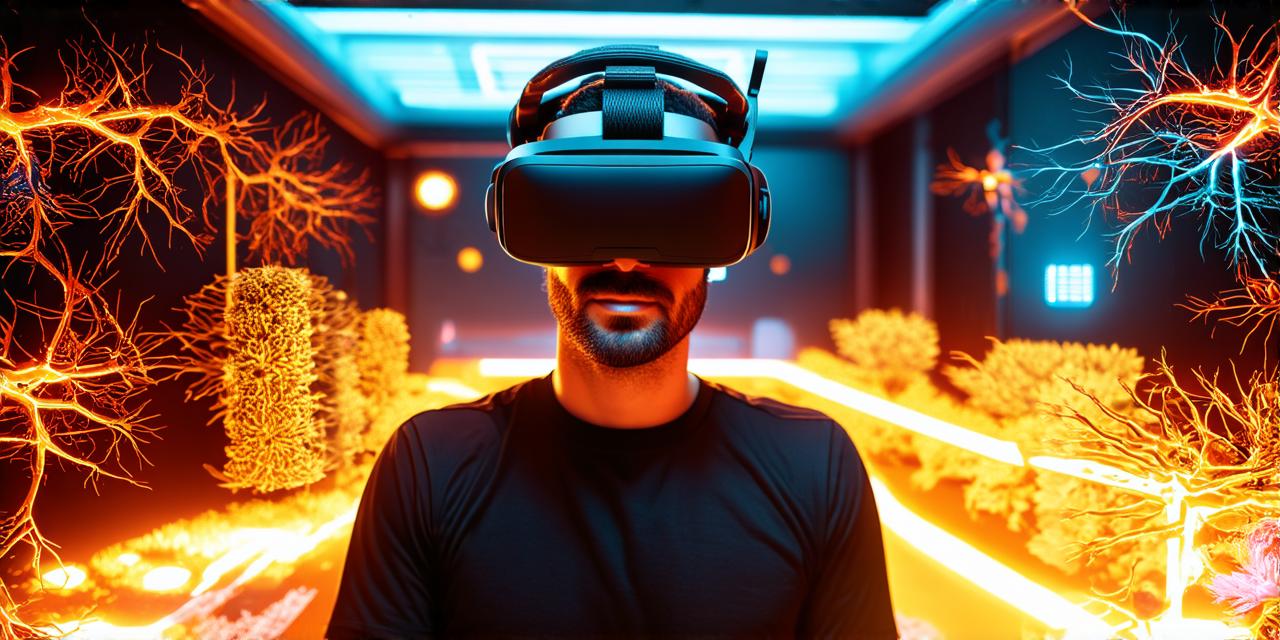Virtual reality (VR) is a technology that allows users to experience an immersive and interactive digital environment in which they can act as if they were physically present in the real world or in a simulated environment. VR technology has been around for decades, but it’s only recently that it’s become more accessible and affordable to consumers.
How Virtual Reality Works
Virtual reality uses a combination of hardware and software to create a simulated environment that is designed to mimic the real world as closely as possible. The primary component of VR technology is the headset, which typically looks like a pair of glasses with screens built into them.
When the user wears the headset, they can see a 360-degree view of a virtual environment, making it feel like they are physically present in the world being simulated.
To create this immersive experience, VR technology relies on sensors that track the movements of the user’s head. These sensors use infrared light to detect when the user looks left, right, up, or down, and then adjust the image accordingly. This process is known as “head tracking,” and it’s what allows the user to look around and interact with the virtual environment.
In addition to the headset, VR technology also relies on a variety of other hardware components, including controllers, motion sensors, and cameras.
Controllers are used to track the user’s hand movements, allowing them to interact with virtual objects in the same way they would in the real world. Motion sensors are used to detect the user’s body movements and adjust the environment accordingly, while cameras are used to capture images of the user’s physical environment and project them onto the screens of the headset.
Benefits of Virtual Reality
Virtual reality technology offers a number of benefits that make it an effective tool for training, entertainment, and education. One of the biggest advantages of VR is its ability to create an immersive experience that can be difficult or impossible to replicate in the real world.

This makes VR an ideal tool for simulating dangerous or complex situations, such as flight training, emergency response exercises, and surgical procedures.
Virtual reality also offers a level of interactivity that is not possible with traditional media, such as TV or video games. Users can explore virtual environments at their own pace, interact with virtual objects in real-time, and even engage in conversations with virtual characters. This makes VR an effective tool for education, where students can learn through hands-on experiences and interactive simulations.
Limitations of Virtual Reality
While virtual reality technology has come a long way in recent years, there are still some limitations that make it difficult to use in certain situations. One of the biggest challenges is the high cost of VR hardware and software, which can be prohibitively expensive for some businesses and individuals.
Another limitation of VR technology is the potential for motion sickness and discomfort. The immersive nature of VR can cause some users to experience nausea, dizziness, and other physical symptoms, especially when they’re first starting out with the technology. While these symptoms are generally mild, they can be a barrier to entry for some users.
Finally, virtual reality technology is still relatively new, which means that it’s not yet fully understood how it will evolve over time. There are many questions about the long-term effects of VR on our brains and bodies, as well as its impact on society as a whole.



